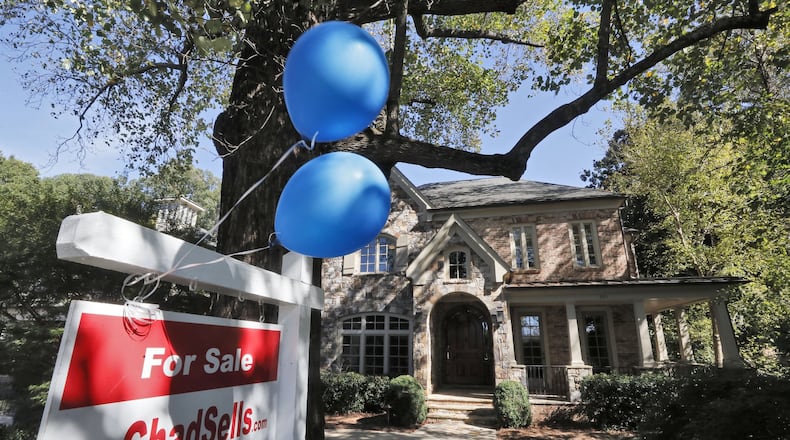You might think a pandemic, a nearly two-month shutdown of the economy and lingering anxiety about the coronavirus might send homebuyers fleeing for open space, sparser populations and houses with extra rooms to use for offices.
But not, apparently, yet. At least, not here.
“We haven’t seen that trend play out in the numbers,” said Kelly Stephens, managing broker at Engel & Volkers Atlanta North Fulton. “We haven’t seen a huge shift to people wanting acreage like what other cities have seen.”
Shelter-in-place orders for most people were lifted at the end of April. Cell phone data indicates a steady trend toward normal patterns of mobility. But have buyer priorities changed?
“I think it’s too early to tell. I’m not sure that the pandemic will change who we became over the past 10 years,” said John Hunt, principal in Atlanta-based MarketNsight, which collects housing data, during a recent teleconference.
That identity has changed before.
RELATED: The AJC 2020 Metro Atlanta Home Sales Report
Through the 1960s and 1970s, the city population steadily drained to the suburbs, fueled by white flight and new highways. That accelerated during the years of the housing bubble, spurred largely by economics. Farther from the core, land and home prices dropped, so a buyer’s income is less stressed by mortgage payments.
“Drive until you qualify,” said Hunt, quoting the industry cliché.
But after the Atlanta bubble burst in 2007, the air came out of the far suburban market.
For years, sales were slack, partially built subdivisions sat unfinished and very few new homes were built. As the economy and housing market recovered, much of the movement was toward the city and the inner core of towns around it.
Then the lure of cheaper land, larger homes and lower mortgage payments staged a return – albeit more modestly than during the boom — partly in reaction to soaring intown prices.
Demographics was one reason – parents looking to raise kids with a yard instead of a sidewalk went searching for a highly ranked school district where homes were also cheaper. But many millennials wanted to stay in or near the city, so the flow was nowhere as one-sided as it had been.
And affordability continues to be a draw.
Since the housing market hit bottom in 2012, the county with the fastest-rising home prices was Clayton, where the median-priced home in April was $150,000 – less than half the median price of a home sold in Fulton.
Clayton is partly inside I-285, its county seat Jonesboro, 17 miles from downtown Atlanta. The second-fastest price increase was Newton, whose county seat – Covington – is about 35 miles from downtown. Newton’s median price was $204,250.
Of the 10 counties with the fastest-rising home prices, Clayton and DeKalb are close to the core, three others are suburbs in a ring outside I-285, another is a little farther out still and four are in exurban counties.
The highest median price among the 10 was DeKalb: $272,000.
The question hanging over the market these past few weeks is whether the pandemic will once again tip the balance strongly back toward the farther suburbs.
Skylar Olsen, senior economist for Zillow, said she doesn’t expect the pandemic to change the patterns.
“I don’t think we are talking about a flight from the city and people running scared,” she said. “Yes, maybe on the margins, everyone will reshuffle. But we have short memories when it comes to risk.”
In general, people don’t change their tastes because of a natural disaster like a hurricane or flood, she said. “Most of us buy homes for the long run. We are not seeing the end of people’s affinity for urban areas.”
IN DEPTH:
RELATED
About the Author
Keep Reading
The Latest
Featured



